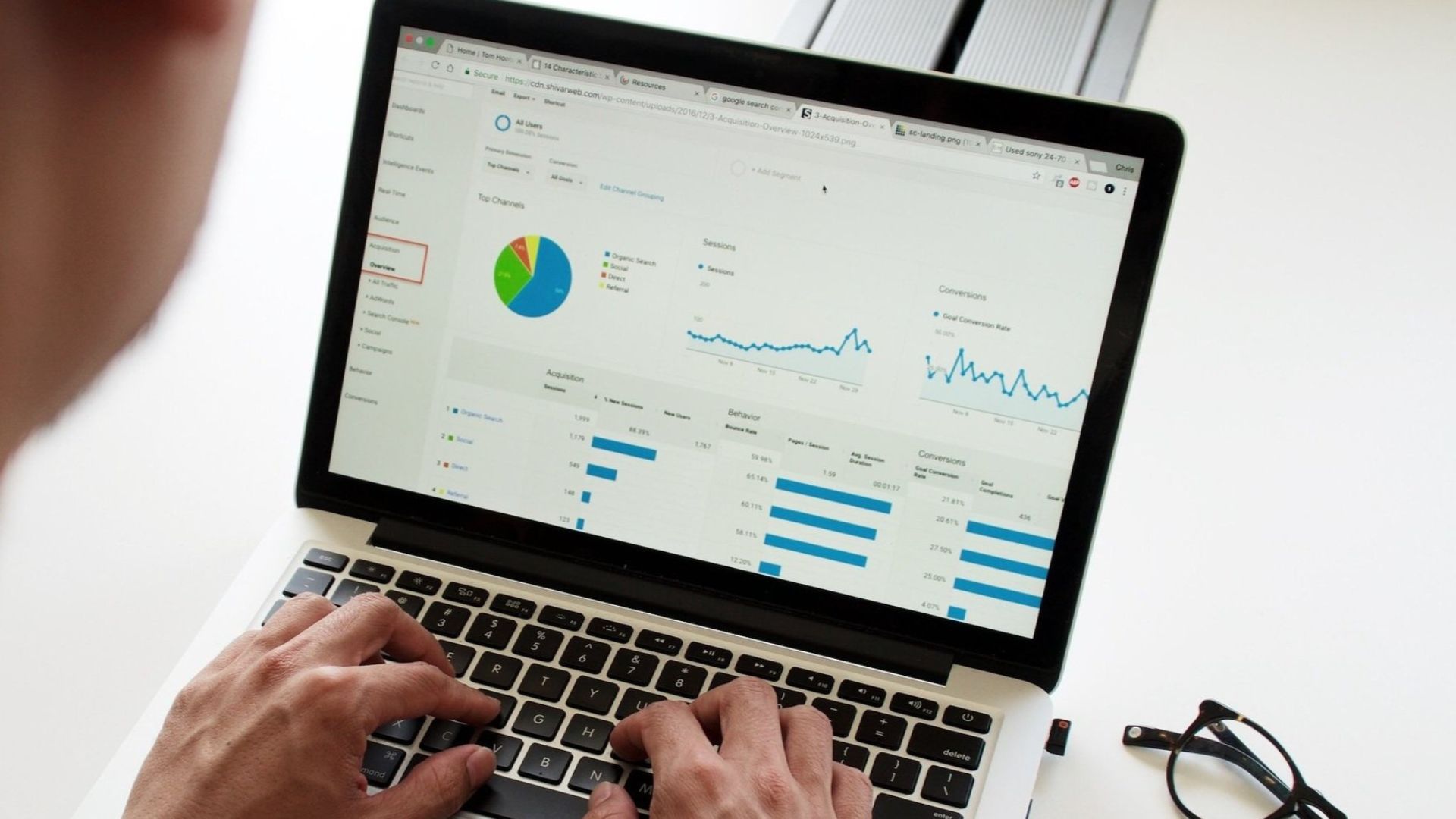Optimizing images is essential for faster website loading times, as large image files can greatly impact page speed. Here are some tips to optimize images for faster website loading:
- Resize images: Scale down images to the exact dimensions needed for your website. Avoid using larger images and relying on CSS to scale them down. This reduces the file size and improves loading times.
- Compress images: Reduce the file size of images by compressing them. This can be done before uploading them to your website using image editing tools or using specialized plugins or online services.
- Choose the right format: Select the most suitable image format based on the content and purpose. Use JPEG for photographs or complex images with many colors, PNG for images with transparency or fewer colors, and SVG for simple and scalable graphics.
- Optimize image file formats: Utilize tools to optimize image file formats without compromising quality. For JPEGs, adjust the compression level to find the right balance between file size and image quality. For PNGs, use tools to reduce the number of colors or convert to indexed color mode.
- Leverage image caching: Implement caching techniques to store images on the user’s device so that they don’t need to be reloaded on subsequent visits. This reduces the number of requests and speeds up loading times.
- Lazy loading: Use lazy loading techniques to load images only when they become visible to the user, rather than loading all images at once. This minimizes the initial load time and improves the overall user experience.
- Serve images through a content delivery network (CDN): CDNs distribute your website’s content across multiple servers, reducing the distance between the user and the server. This improves loading times, including for images.
- Optimize image metadata: Remove unnecessary metadata from images, such as comments, EXIF data, or geolocation. This reduces file size further without affecting image quality.
- Use responsive images: Implement responsive image techniques to deliver appropriately sized images based on the device and screen resolution. This prevents large images from being unnecessarily loaded on smaller screens, saving bandwidth and improving performance.
- Test and monitor: Regularly test your website’s loading times using tools like PageSpeed Insights or GTmetrix. Monitor and optimize your images based on the results to continuously improve performance.
By following these optimization practices, you can significantly reduce image file sizes and improve loading times for your website, leading to a better user experience and increased engagement.










